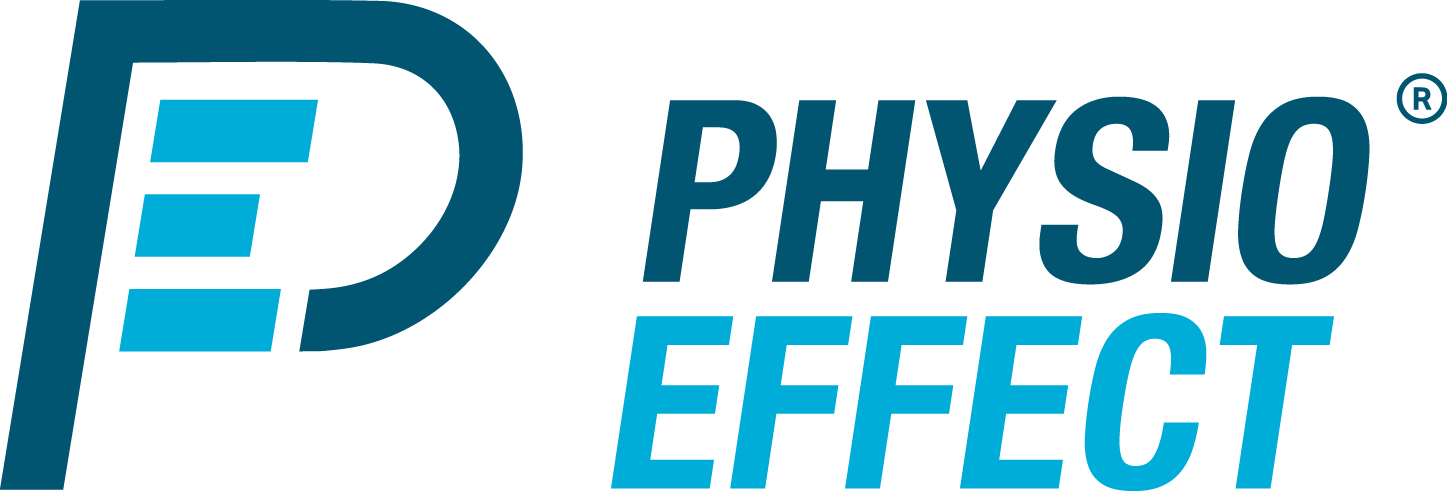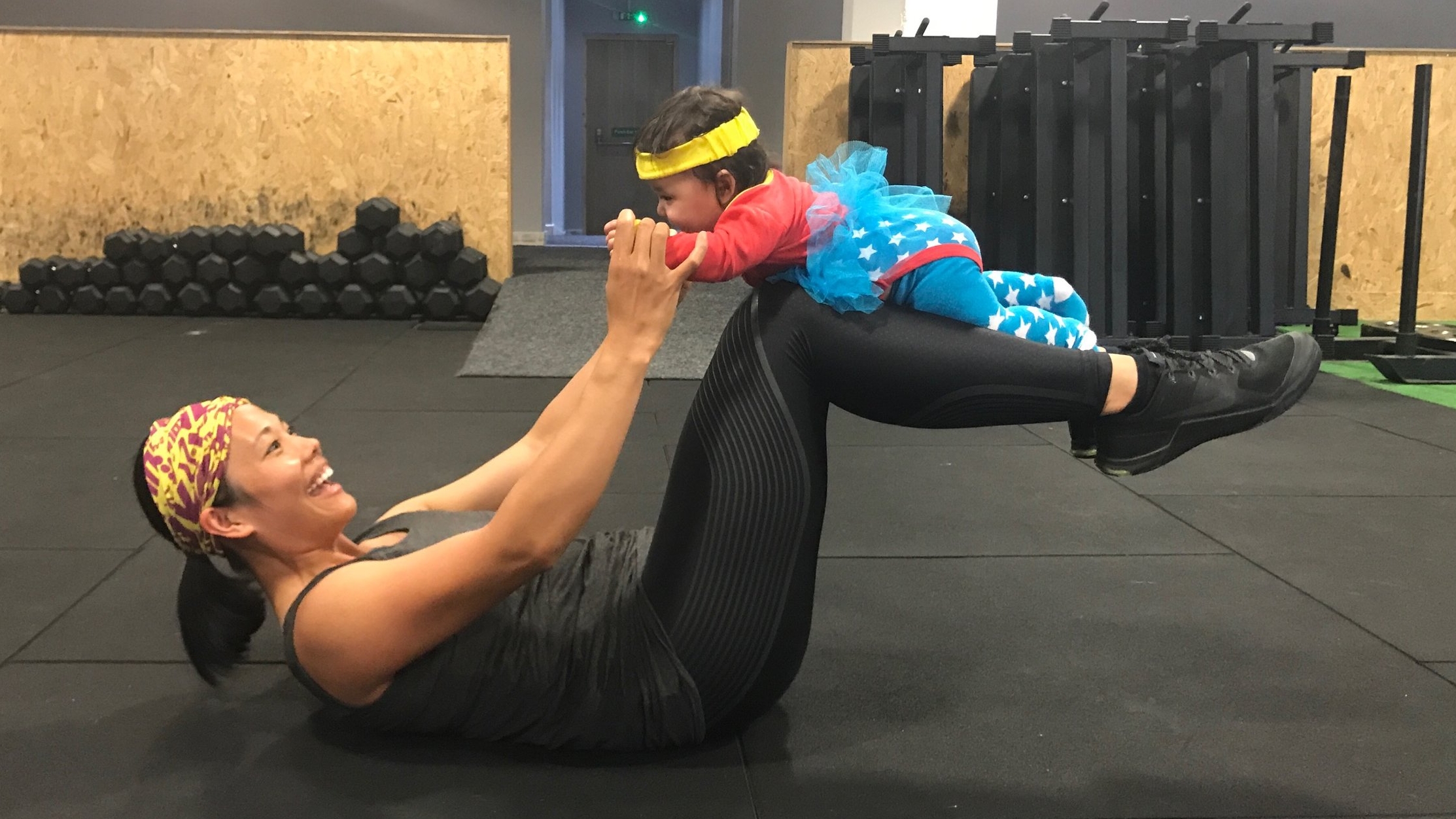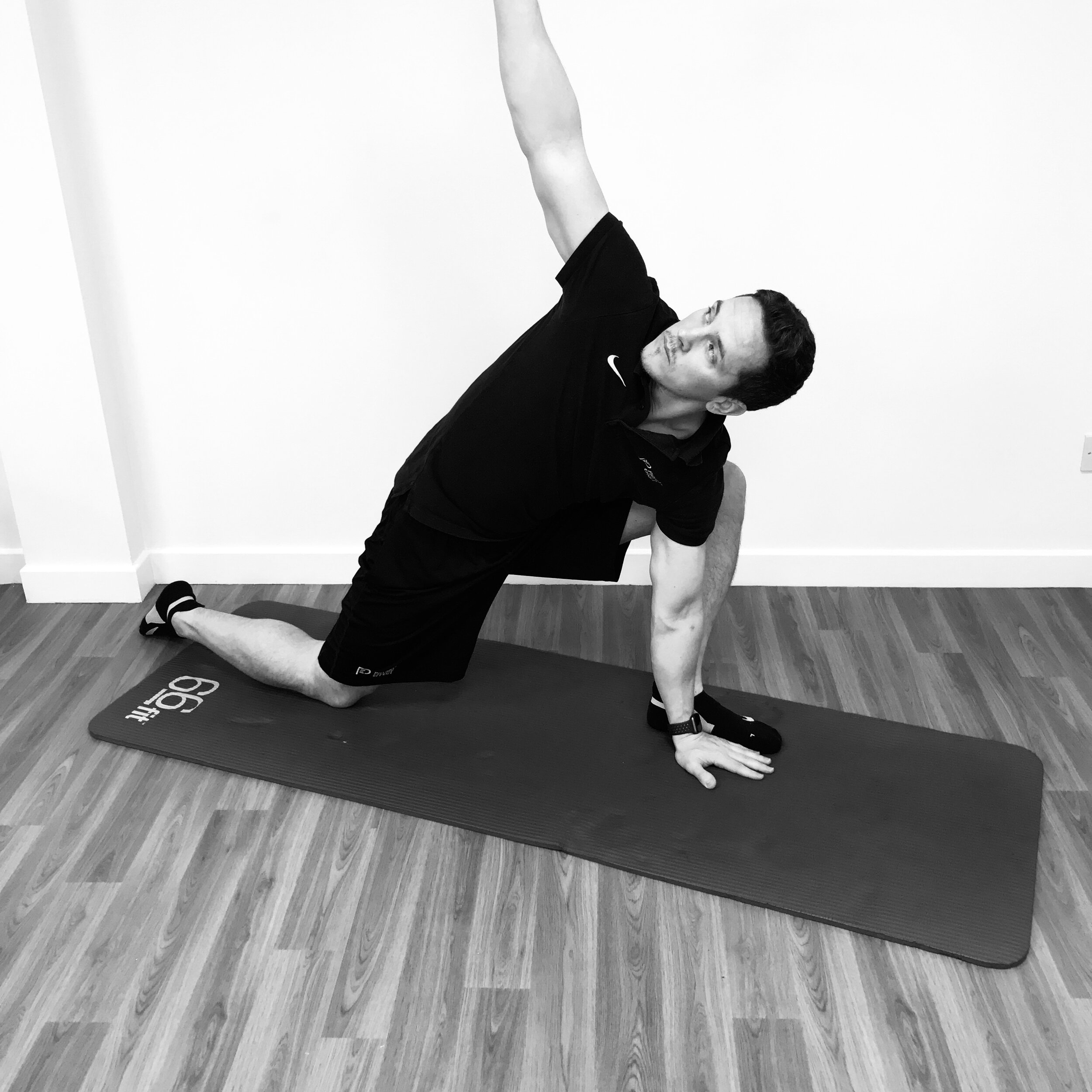After giving birth to my first baby five months ago, life had changed as I knew it. Sleep deprivation… endless feeds… nappy changes… How does exercise fit into the picture?
I had always been a fit and active person, exercising 4-5x a week and continued to exercise right up until four days before my daughter was born. Before I knew it, I had this tiny human completely dependent on me. I felt like there was no time for anything else. Not long after I gave birth, we attended a family wedding. A family member commented that I had put on weight since having a baby and decided it was appropriate to tell me to stop eating junkfood. It was at this point I knew I had two choices: 1. Wallow in self-pity and never leave the house again 2. Find the motivation to do the things I enjoyed before having my baby. I chose the latter.
Since giving birth, I knew my body was no longer the same. I realised this after I came home from hospital and a 10-minute walk around the park felt like a marathon. As a physiotherapist who works with a lot of ante- and postnatal women, I am lucky to have the background knowledge on the human body after birth. I knew I couldn’t just jump back into what I was previously doing pre-baby. It was going to take time and patience. For the first six weeks, my exercise consisted of pelvic floor and abdominal exercises shown to me in hospital. This was all well and good when you are advised to do them every few hours, but when you’re dealing with a brand new baby; it’s the last thing on your mind! I therefore incorporated these exercises with a task I was doing constantly throughout the day - and that was feeding my baby (which was every 2-3 hours!) Every time I sat down to feed her, I made myself do them. I also went on daily walks with the buggy, which helped my mental wellbeing just to get outside the house.
After my 6-week check-up, I saw a physiotherapist who assessed my pelvic floor function and measured my belly for a diastasis recti; a condition that happens during pregnancy when the abdominal wall separates. This causes a small gap above or below the belly button. To address this, I attended mother and baby Pilates classes. Pilates focuses on the working relationships of the muscles around your trunk. These include your abdominals, diaphragm, pelvic floor and back muscles – ideal after having a baby! Being able to bring my baby along to the classes also made it easier for me not having to worry about a babysitter.
At 12-weeks, I felt I was ready to begin higher intensity exercise. After we put the baby to bed at night, I would go for a light jog for 15-20 minutes and gradually increased this as I felt comfortable. Thankfully having a baby in the spring meant long daylight hours for me to head out. I also joined a mother and baby bootcamp-style class, which incorporated strength and resistance exercises as well as high intensity interval training.
Common post-pregnancy myths that need to be debunked:
It’s normal to wee myself a little bit sometimes because I’ve had a baby
False: Incontinence post-birth is a sign of pelvic floor dysfunction and could indicate a prolapse. It is important to get this assessed by a women’s health physiotherapist to avoid long-term problems.
It’s normal to have back or pelvic pain because I’ve just had a baby
False: You may be in pain because of muscle imbalances and weaknesses. Seek advice from your physiotherapist for treatment and exercises to address any issues.
I’ve had a C-section so I don’t need to strengthen my pelvic floor
False: Your pelvic floor, regardless of how you gave birth, has been through a lot! It has carried the weight of your baby, the placenta and a 50% increase in blood volume for 9 months. This will greatly affect its ability to do its job properly compared to pre-pregnancy function.
Doing lots of ab-crunches and “planks” will help me get a flat tummy
False: These types of exercises should not be performed early on after birth as they cause excessive force on the abdominal wall, which may actually increase separation. It is best to strengthen the deeper abdominal muscles first with Pilates-type exercises.
It is important to remember that every woman is different. Exercise timescales are determined by your previous level of fitness, the type of birth you experienced and take into account any complications thereafter. Seek advice from your physiotherapist before commencing an exercise regime.
At Physio Effect we provide physiotherapy throughout your pregnancy journey and beyond. This includes ante- and postnatal assessment, treatment and physio-led Pilates classes. Our partners at Everyday Athlete Gym also run special mother and baby exercise classes.
Click here to see more about our ante- and postnatal services here at Physio Effect
One of our physios Mariam Kilpatrick with wonder-baby Aria




